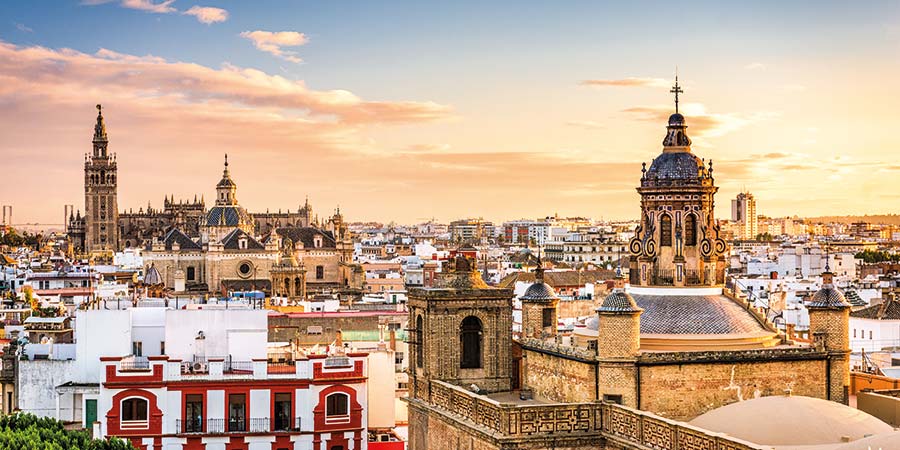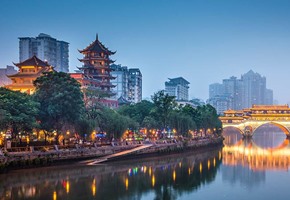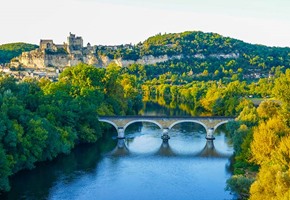I've had a soft spot for Spain since I was very young. Somewhere around the age of 13 my family befriended a Spanish family living in Valencia province and we visited annually, spending many happy years and months there.
I also used to ride and own a horse in Spain (long story, maybe for another time. I also worked as a cowboy in Montana for 6 months, but that's definitely for another day!). The Spanish introduced horses to the Americas and don't forget that the magnificent white Lipizzaner stallions that perform classical dressage are working for the Spanish Riding School in Vienna.
My time in Spain taught me a bit about the country and the people. Spain is an exhilarating country, where they live life to the full. It's noisy, bustling and cheerful and usually runs at maximum volume.
Spain as a country is well-visited by British people. A majority will have already been somewhere in the country at least once: the islands, the costas, Barcelona or Madrid. However, there's a lot more to Spain than those and it gets really interesting as you head inland and north.
In the 16th and 17th centuries, Spain was a powerhouse, maintaining the largest global empire of that period and reaping massive wealth from the Americas after the Conquistador expeditions and the colonisation of the Philippines, Guam and various parts of north Africa and the Caribbean.
It's always worth pointing out that, at the Battle of Trafalgar, Nelson fought the combined fleets of both France and Spain. My other favourite little-known historical Spanish fact is about New Orleans. This city and the massive American real estate involved in the Louisiana Purchase were originally Spanish, before it was ceded back to the French who sold it in short measure to America. The world-famous French Quarter architecture in New Orleans isn't French - it's Spanish.
Spanish is now the second most spoken language in the world (Mandarin Chinese is first, although English wins if you count second language speakers).
You might never know about all this if you remain poolside on your sun-lounger on the coast. Head inland and north and you start to learn about the real Spain.
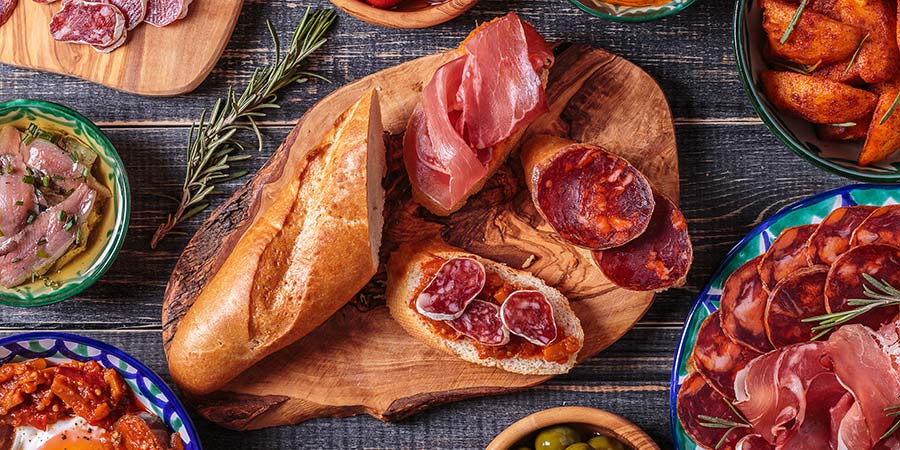
A Food-Lover's Paradise in the Basque Country
Great Rail Journeys currently offers 14 escorted tours to Spain, including three luxury trains and river cruises, so you are spoilt for choice. At least four of them explore the Basque Country (País Vasco), a fascinating blend of French and Spanish culture that lies in the border region.
This area is foodie heaven and the town of San Sebastián has a total of 18 Michelin stars spread amongst 10 restaurants within around 15 miles of the town (three of them have 3 stars!). While we're on the subject of food, Spanish food is amazingly diverse by region and probably my favourite - or if not, up there in the top three in the world. The seafood is exceptional, and they can make more from a pig than almost anybody else.
Most people know about tapas, the small snacks that are served (sometimes for free) with drinks. In the north they are known as 'pintxos'. They were originally a slice of bread that covered your drink to keep the flies out. After a while, people put stuff on the bread, and it became a thing in its own right.
To get the most out of Spanish food, it helps if you like olive oil and garlic. You can get along without these, but they make many dishes sing. Whichever town or city you find yourself in, a visit to the central market is a must-do. Rows of suspended Serrano hams, acres of fresh fish, and racks of fruit and vegetables that actually taste as they should. The best tapas in town will always be at the market.
Interested in the Basque Country? Discover Great Rail Journeys' Discoveries tour The Basque Country or the Classic tour The Beautiful Basque Country
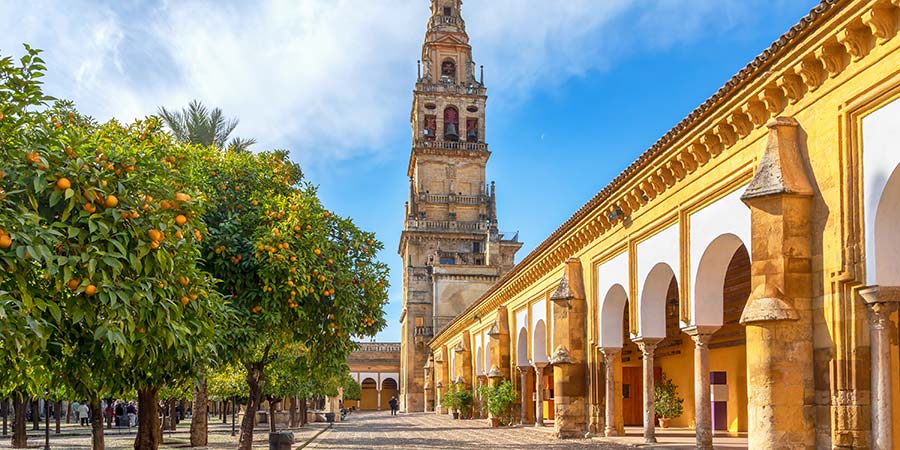
Catalan Coasts or Andalucían Architecture?
I've visited Catalonia and Barcelona many times. Both are fascinating and beautiful; the Sagrada Família is extraordinary, especially inside at sunset. Las Ramblas is a lovely walk, and the Catalan coast is beautiful.
However, I have a confession to make. I'm more of an Andalucía man. The white village houses clustering on craggy hills baking in hot sun, the palm trees and strong Moorish influence. Snow on the mountain backdrop, flamenco and chilled dry sherry (Spaniards only drink dry sherry). Seville has a special romantic feel that I've encountered nowhere else. Granada is underrated and Córdoba is just prettiness incarnate.
The Spanish poet Federico García Lorca described it as 'Lejana y sola' (distant and alone). The Moors withdrew from Spain slowly over a period of 800 years, with the southern region of Al-Andalus being the last area to be reconquered by Christianity in 1492. This Reconquista is still celebrated throughout the country, through parades, fireworks and music. The Moors left an architectural heritage which makes southern Spain unique. The Alhambra and Mezquita are just two magnificent examples, but you can see that heritage in all the horseshoe arches, road gardens, small fountains and arabesque motifs found throughout the region.
GRJ has two tours that will help you discover this region, Treasures of Andalucia, or the Classic Historic Cities of Spain tour. At this point, I'll also give a shout-out to one of my personal favourite tours, Magnificent Morocco & Moorish Spain. After time spent in Barcelona and Seville, you hop over on the ferry to Morocco and track down through the country, finishing in Marrakech.
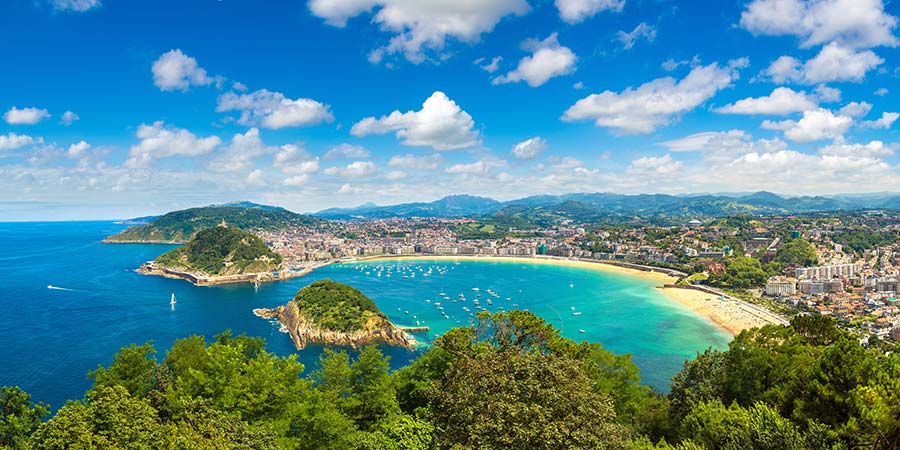
What's My Favourite Spanish Tour?
I'm going to finish by recommending my favourite Spanish tour but I'm going to cheat a little bit, because it actually includes Portugal as well. What more could you ask for?
The tour is named Portugal & the Douro, but it includes time in the simply gorgeous university cities of Salamanca and Valladolid, both of which are off the regular tourist trail. It finishes with a couple of days in San Sebastián in the Basque Country.
We visit the lovely cities of Porto and Lisbon and you'll get many opportunities to learn more about (and taste) port wine. I love port, and it really breaks my heart when I see people only buying it at Christmas!
There are many different kinds of port wine, including dry white and rose varieties. It became popular in Britain during the 18th century when we no longer had easy access to French wine and because it was fortified it could survive the longer sea journey to Britain.
Visit Spain and Portugal with Great Rail Journeys
In conclusion, maybe this is a good time for you to reconsider Spain as a destination, one that is distinct from swimming pools and sangría jugs.
You can explore all Great Rail Journeys' holidays to Spain here.

